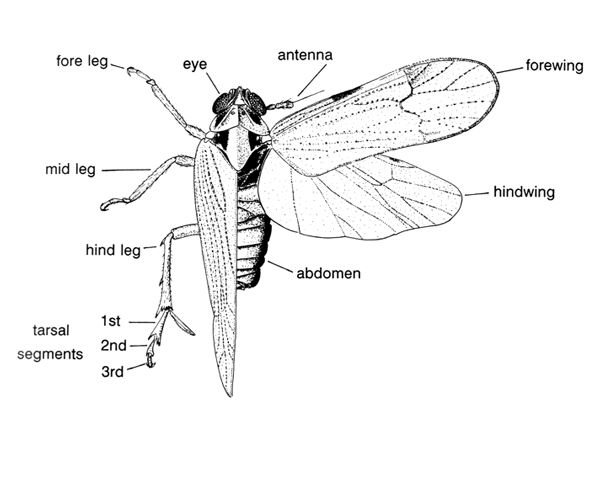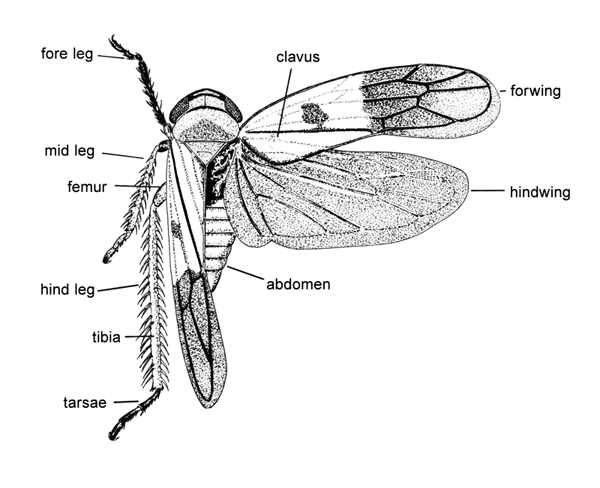Enable JavaScript for full functionality

BIOTIR 4
Sharpshooter Leafhoppers
(Hemiptera: Cicadellinae)
An Illustrated Checklist
Part 1: Old World Cicadellini
Hardcover - 232 pages - Full colour throughout
£50.00 (plus P & P)
ORDER
What are Hemiptera?
The Hemiptera is the largest exopterygote groups of insects with over 80,000 described species. They may be recognized by the special structure of the mouthparts, which are modified into concentric stylets, the mandibular enclosing the maxillary ones and together forming the food and salivary channels. They are a very diverse group comprising scale insects, aphids, psyllids and whiteflies (Sternorrhyncha), true bugs (Heteroptera) and the Auchenorrhyncha (leafhoppers, planthoppers, treehoppers, spittlebugs and cicadas). Hemiptera feeding habits range from phytophagy (the majority of species) to predation, including ectoparasitism and haematophagy. Many of them are important pest species of cultivated crops and some are important vectors of human diseases. Forero (2008) provides a useful review and summary of the phylogeny of the Hemiptera. Papers in Nault & Rodriguez (1985) provide good introductions to groups and topics.
The Auchenorrhyncha has been traditionally divided in two main groups, Cicadomorpha (leafhoppers, treehoppers, spittlebugs) and Fulgoromorpha (the planthopper families). They are all plant feeding, either from phloem, xylem vessels or mesophyll tissue. Some are important pests of crop plants either by direct feeding or by spreading virus and phytoplasma diseases.
 Fulgoromorpha
Fulgoromorpha Cicadomorpha
CicadomorphaVectors of phytoplasma, viruses and bacteria are mainly found among the Auchenorrhyncha (mostly leafhoppers and delphacid planthoppers) but there are also some among the psyllids (Sternorrhyncha).

